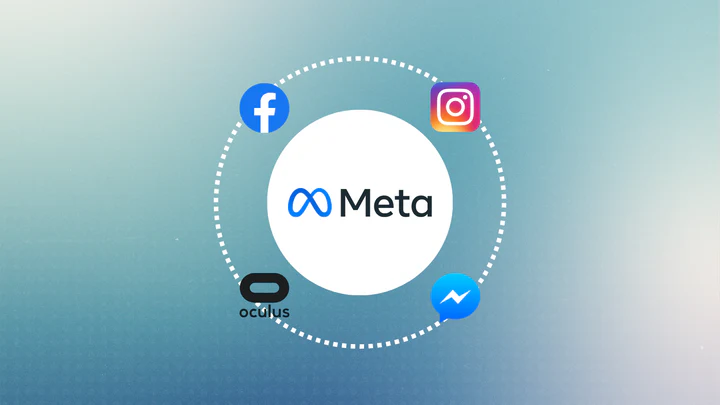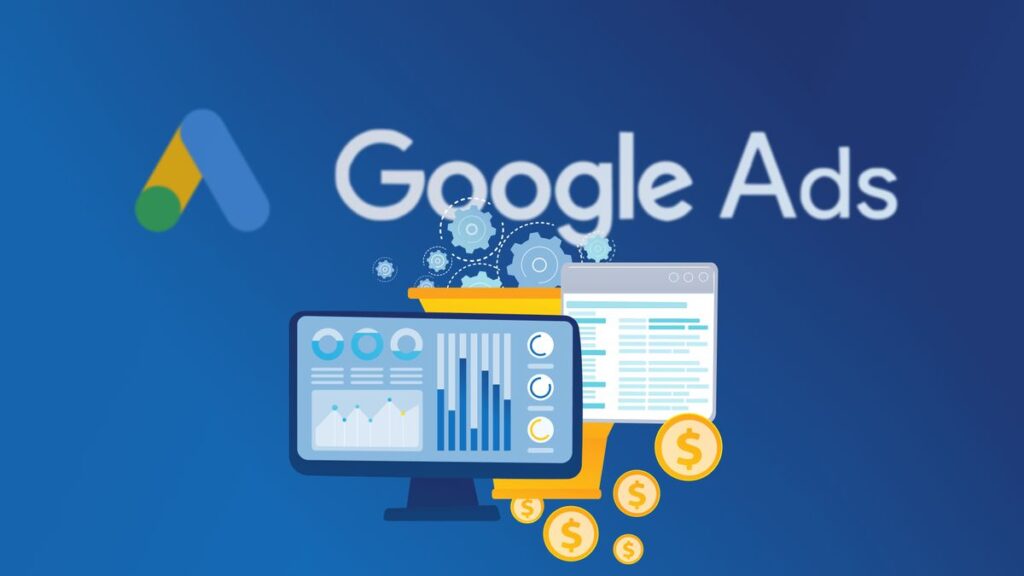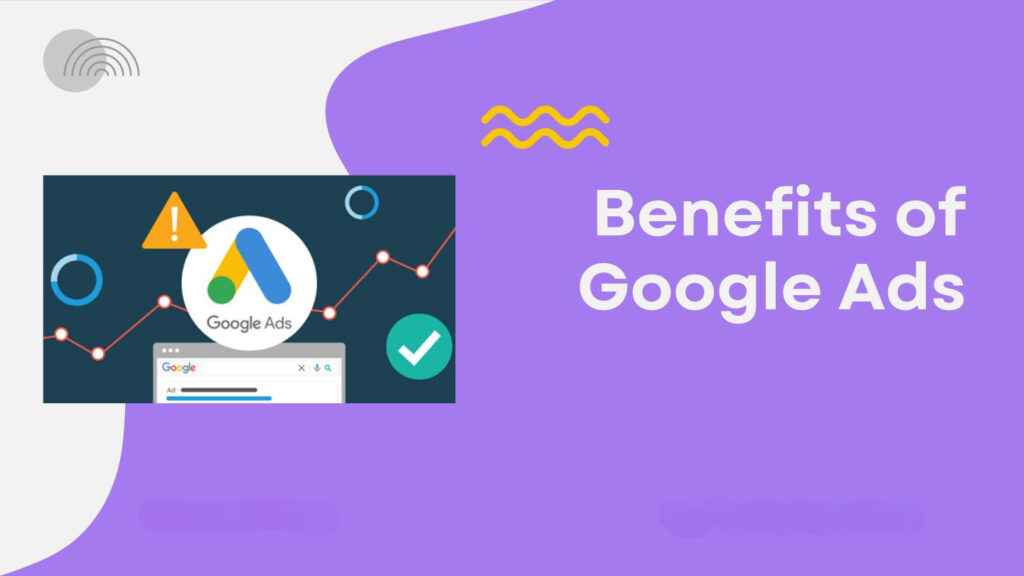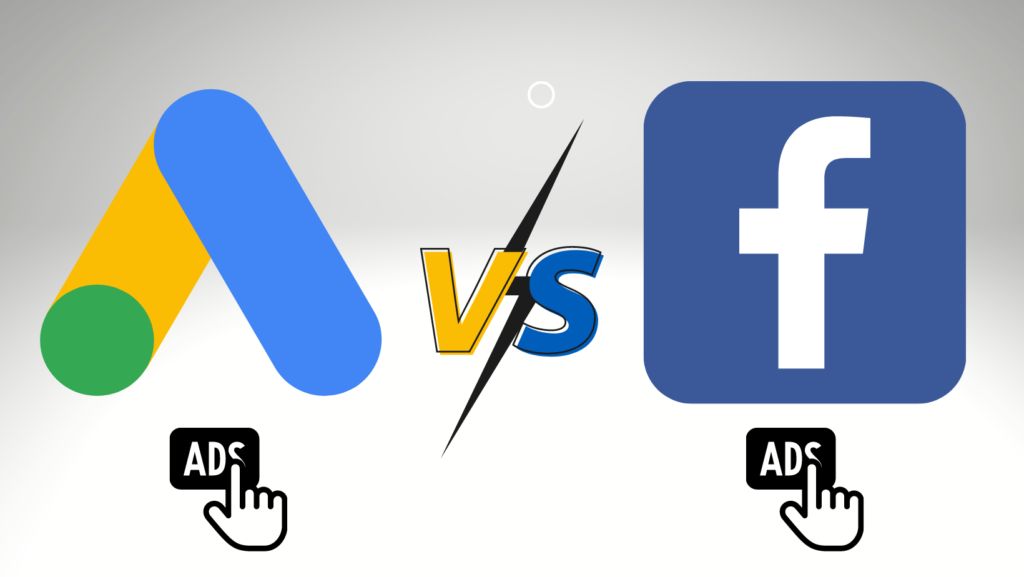Introduction:
Digital advertising has transformed how businesses reach their audience. Two of the most powerful platforms are Meta Ads and Google Ads. Each has unique strengths, targeting options, and performance metrics. Choosing the right platform depends on your business goals, audience, and budget. This guide breaks down the differences, advantages, disadvantages, and benefits to help you make an informed decision.
Overview of Meta Ads
Meta Ads, formerly known as Facebook Ads, allows businesses to advertise across Facebook, Instagram, Messenger, and the Audience Network. Its focus is on social engagement, personalized targeting, and visually appealing content that drives conversions

Advantages of Meta Ads:
- Highly detailed audience targeting based on interests, demographics, and online behavior.
- Supports multiple visual ad formats including images, videos, carousels, and stories.
- Encourages social engagement through likes, shares, and comments, which boosts visibility.
- Cost-effective for campaigns aimed at brand awareness and retargeting.
Disadvantages of Meta Ads:
- Less effective for users actively searching for products or services compared to search engines.
- Ad fatigue can occur if the same audience sees repeated content, reducing effectiveness.
- Performance can fluctuate due to algorithm changes or high competition in ad auctions.
Benefits of Meta Ads:

- Helps build strong brand recognition and trust through social interactions.
- Effective for retargeting visitors and converting them into customers.
- Ideal for businesses that rely on visual storytelling to showcase products or services.
Overview of Google Ads

Google Ads allows businesses to advertise across Google Search, Display Network, YouTube, and Gmail. Its main strength lies in targeting users with high purchase intent, delivering ads to people actively searching for specific products or services.
Advantages of Google Ads:
- Captures users with high intent through search queries, making them more likely to convert.
- Wide reach through search, display, and YouTube advertising.
- Flexible budgeting and bidding strategies allow businesses of all sizes to participate.
- Detailed performance tracking provides insights for optimizing campaigns.
Disadvantages of Google Ads:
- Can be more expensive per click, particularly in highly competitive industries.
- Requires ongoing keyword research, ad testing, and optimization to maintain performance.
- Limited visual storytelling compared to social media platforms.
Benefits of Google Ads:

- Drives highly targeted traffic that is actively seeking solutions.
- Offers measurable ROI through analytics and conversion tracking.
- Effective for lead generation, sales, and improving brand visibility.
Key Differences Between Meta Ads and Google Ads

- Audience: Meta Ads focuses on social media users browsing platforms like Facebook and Instagram, whereas Google Ads targets users actively searching on Google or watching content on YouTube.
- Ad Type: Meta Ads relies on visually engaging formats such as images, videos, and carousels to capture attention. Google Ads is mostly intent-driven, appearing in search results, display networks, and YouTube videos.
- Targeting: Meta Ads allows targeting based on interests, behaviors, demographics, and engagement history. Google Ads targets users based on keywords, search intent, location, device type, and browsing behavior.
- Cost: Meta Ads generally has a lower cost per thousand impressions (CPM), making it affordable for awareness campaigns. Google Ads can have a higher cost per click (CPC), especially for competitive keywords.
- Best For: Meta Ads is ideal for building brand awareness, engaging audiences, and retargeting previous visitors. Google Ads works best for generating leads, driving direct sales, and capturing users with high purchase intent.
Which Platform Should You Choose?
- Opt for Meta Ads if your goal is brand building, social engagement, or retargeting visitors.
- Choose Google Ads if your focus is on capturing high-intent traffic, generating leads, or driving sales.
- Many businesses achieve the best results by combining both platforms strategically to maximize reach, engagement, and conversions.
Conclusion:
Meta Ads and Google Ads both offer unique advantages and can significantly enhance your marketing strategy. Meta Ads excels in social engagement, visual storytelling, and retargeting, while Google Ads captures high-intent traffic with measurable results. Using a platform like SameCart can help you manage, track, and optimize campaigns across both channels efficiently. Understanding your business goals, audience, and budget will help you decide the best platform—or the best combination—to achieve maximum impact